Mousse T.: "The studio is my safe space. It’s my big kindergarten where I get to play around - it’s total freedom!"
We visit the chart-topping producer and DJ known for remixing everyone from Michael Jackson to Kylie Minogue in the studio

Mousse T.’s earworm track, Horny 98, and his equally memorable collaboration with Tom Jones, Sex Bomb, were enough to earn him producer fame (or indeed infamy), but rather than rest on these successes he has spent the last two decades spreading his wings into all aspects of the music business.
He maintained his chart presence in the early 2000s with tracks like Is It ‘Cos I’m Cool? all while continuing his first love of remixing, twisting tracks by artists ranging from Diana Ross to Kylie Minogue.
His production credits read like the proverbial who’s who – the aforementioned Sir Tom for a start – as well as lending a guiding hand to massive acts like Germany’s answer to the Spice Girls, No Angels, in his time. And this experience has now led to his most recent gig as a judge on German TV’s Deutschland Sucht Den Superstar – their equivalent of X Factor.
And as if all this isn’t enough, Mousse T. also recently teamed up with CR2 Records to release two sample packs, Volume 1 and 2 and he has also embarked on some online masterclasses. But before we get into Mousse’s working methods, let’s find out a bit more about what got him into music production in the first place, and go back to his very early years growing up in Germany as Mustafa Gundogdu.
The early Mousse years
“I was born in Germany in 1966, and had a dope childhood,” he recalls, “and since my dad was a doctor, I thought that this was the route I would also end up taking.”
But as worthy as that career could have been, his parents were also influencing him in more musical matters as well. “They were listening to a lot of music at home,” he explains.
“My mother loved Tom Jones and my dad was vibing to Turkish music. Both of these musical styles weren’t for me back then, but I always loved music and started to collect records as a teenager, more on the rock side of things at first. I had a bit of a music education playing the organ and then later on experimenting at home with basic equipment and playing in bands as a keyboardist.”
Want all the hottest music and gear news, reviews, deals, features and more, direct to your inbox? Sign up here.
However, after hearing Donna Summer’s I Feel Love, Mousse suddenly found what he was looking for. “I knew instantly that I wanted to do music for the dance floors. After finishing school, it became very clear to me that I wanted to be a professional in music but my dad wasn’t very fond of that idea at all.
"Still, I started as a DJ and also developed my songwriting and production skills. I started my career writing songs, without knowing I was writing songs, when I was 18. I then started producing and remixing other people’s records.”
I was doing so many remixes back in the day that the industry couldn’t help but notice what I was doing
In 1993, Mousse founded Peppermint Jam Records with partner Errol Rennalls and the name lives on in his current recording studio, part of his Peppermint Pavilion, a complex also used by record companies and other studio owners. (“There’s even a rooftop restaurant! Basically it’s a beautiful oasis for creativity for music.”) And it was also back in ‘93, that he started making proper money from his music.
“Obviously there are different levels of being successful,” he notes, “but when you start out, it’s a big achievement when one is able to live from music in any way. In 1993 I had a regular income from my productions and remixes which were a big thing back then. Basically I was doing so many back in the day that the industry couldn’t help but notice what I was doing which led to more jobs, more income and a much greater profile.”
The early Mousse gear
And as Mousse’s production stature grew, so his studio filled with both analogue and digital gear, a balance of which he still maintains to this day. However, his first experience of computers came way back at the start of the 90s.
“I had the urge to move faster and to just try out different stuff. I started using the Atari in 1990 and it was definitely the way forward. Although I knew the good old times, recording to tape and so on, working with digital techniques has opened up countless opportunities for the creative mind, especially when you make use of it in a musical way.”
Mousse invested in a large format German analogue desk back then, which he still uses today, although the computer has thankfully been updated to the latest Mac and most of the other gear – one or two Akai samplers aside – has also been updated.
“My love for combining analogue and digital music production is very noticeable in my studio,” he explains, sitting in the lush surroundings of his current setup at Peppermint. “I still use the almost 40-year-old Mitec EX-Series console as a kind of summation for most of my signals coming out of my DAW and for all of my analogue recordings. I use an RME soundcard and a SSL 24-track Madi AX Converter with an Apogee clock.
The studio is my safe space. It’s my big kindergarten where I get to play around - it’s total freedom!
“Although being a big fan of Arturia software synths, I have quite a nice collection of the ‘real’ stuff like a Yamaha CS-20, a Prophet-10, Minimoog, Wurlitzer, Fender Rhodes, Yamaha grand piano, a Yamaha upright and a variety of Roland keys.
“As for the outboard gear I proudly own a Manley Massive Passive, an SSL G series compressor, Chandler preamp, Chandler Limited Abbey Road TG-1 compressor, two Distressors, Urei 1176, Vertigo Sound compressor, Lexicon 480L, Ensoniq DP-4, Teletronix LA-2A, Roland Dimension D, Vintagedesign CL1 MKII compressor and a Vintagedesign Pre-amp CA-73. Oh, and a dope BSS compressor in my final master chain.”
And of course Mousse isn’t all about hardware. Like he says, he likes to mix and match older and newer technologies so uses a great selection of plugins as well, the five best of which he's revealed below.
So with all of his current studio hardware and software, is there anything left on the Mousse T. wish list?
“Actually I’m really happy with what I have. I might even get rid of some stuff in order to help concentrate on less stuff and master the equipment that I have. Less is more! Although I love working with people in the studio, mainly for songwriting, the studio is my safe space when I’m on my own. It’s my big kindergarten where I get to play around and nobody is telling you what to do. It’s total freedom!”
Sometimes it’s that glass of red wine or a great playlist that sparks off that magic idea
So it seems that Mousse has the perfect balance of gear, but is there anything that annoys him about music production gear or anything that he’d like to see changed or developed in the future? No, and yes…
“To be honest I’m pretty chuffed with how studio technology has developed so far whether it’s analogue or digital,” he initially responds. But… “Having said that, it would be really cool if somebody would come up with something that is as ground-breaking and recognisable as Antares’ AutoTune. I’m not a huge fan of it but I really respect the impact it has made on music.”
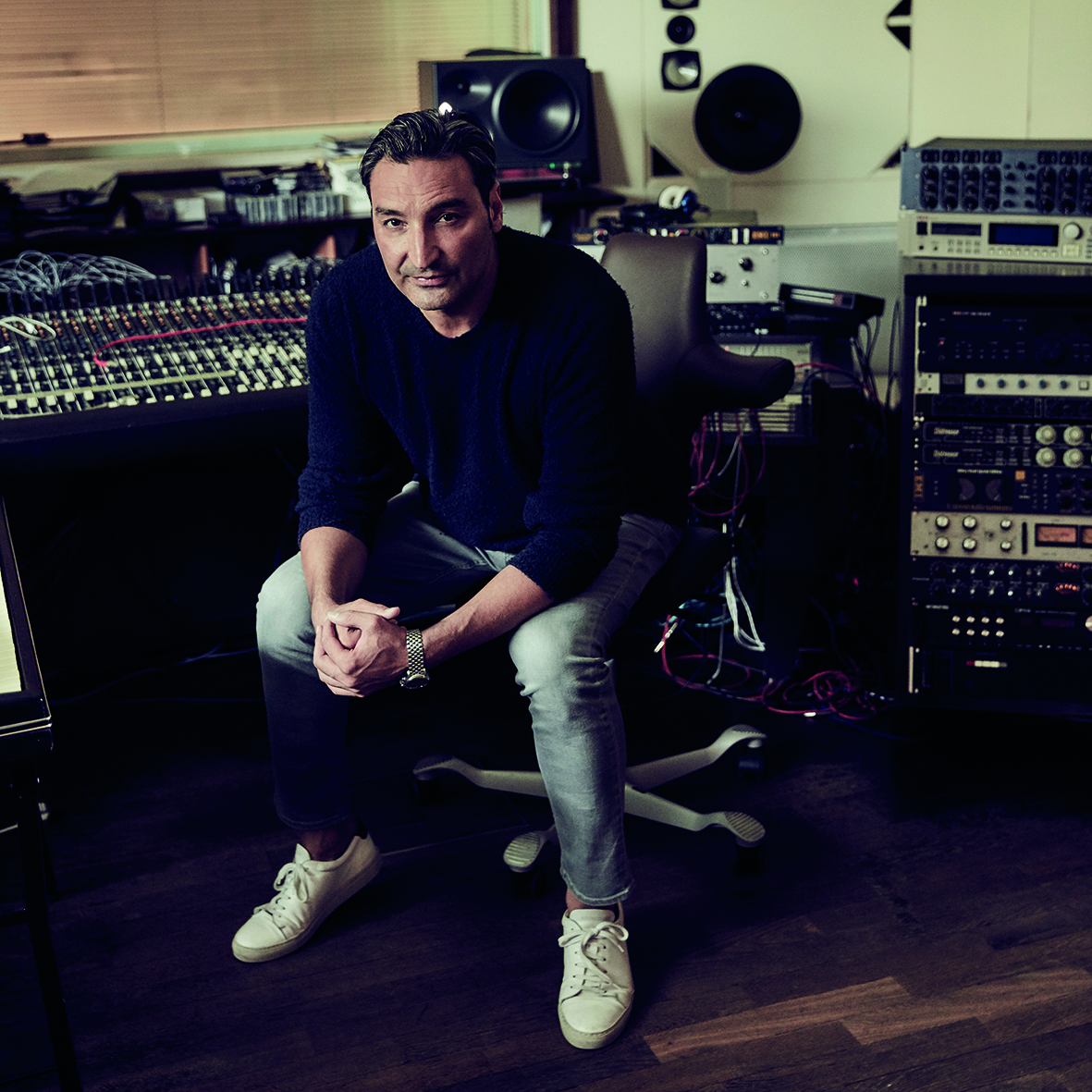
On to music production
After three decades of making music and remixing other people’s tracks, does Mousse T. have a specific plan of attack when it comes to making music?
“I wouldn’t say that there is one, set in stone way that you should start a track; anything goes,” he replies. “Most of the time I start programming beats and get a vibe from the sounds which inspire me. Then it’s adding some nice chords on the piano or a cool sample that gives you an instant idea. Or sometimes it’s that glass of red wine or a great playlist that sparks off that magic idea!”
What other tricks does he have in his music production arsenal?
“I’m a big fan of compression,” he reveals. “I compress everything! It is truly magical when different compressors interact and give you that special something. Also, I work with busses, like my drum bus with which I use an SSL G and a Precision compressor. That bus goes into my desk where actually it gets a natural saturation and then I route this chain again into a SSL G hardware compressor.”
My love for combining analogue and digital music production is very noticeable in my studio
“People also ask a lot about my basslines,” Mousse continues. “Sometimes it’s a good old Moog bass but most of the time I’m using live bass. I try to get live musicians into the studio as often as possible, but even when having recorded a musician I go back and mess with that recording. I put that track into a sampler and replay the bass track how I feel and come up with totally new and sexy grooves.”
And finally on a production tip, how does Mousse know when a remix or original track is done and dusted?
“That is actually a tough one,” he reveals. “When I listen to old tracks of mine, most of the time I would have more ideas to add to those today. But generally, I guess it is experience or a certain gut feeling that tells you: ‘Stop! It’s totally cool how it is now’, and actually reminds you that less is more. It’s like painting a picture (though I’m not a painter): you have that initial concept or idea, and even though it’s magical when creativity gets you carried away, sometimes it really helps to remember that initial concept.”
Playing live is everything. The feedback you get from the audience is so important
Finally, what has Mousse got coming up? “I’m very proud to have a track on the Jools Holland album Pianola, Piano & Friends. It’s basically a boogie-tastic groover called Do The Boogie. And although I said that I would never sing on a record, the vocal on this tune is by my humble self.
“The cast on the record is outstanding: Herbie Hancock, Tom Jones, David Gilmour, Lang Lang, Rick Wakeman, Booker T, Gregory Porter, Ruby Turner, Nitin Sawhney, Moses Boyd, Jamie Cullum, Joe Bonamassa and more. I can happily retire now…
“I also have some tracks that need to be finished and see the light of day. And I’m gearing up to play some beautiful places, fingers crossed. Playing live is everything. The feedback you get from the audience emotionally is so important to feed an artist’s mind and soul.
“And the feedback the audience gets from you is one of a kind, and that’s why live gigs are unique and not downloadable. Also you get to improve your skills, mainly your social skills. When playing in a live band it’s almost this organism whose components interact in a symbiosis and make something great into something huge!”
Mousse T’s sample collections, Vol. 1 and 2 are exclusively available on CR2.
Mousse. T's top 5 plugins
1. Arturia V Collection

“Synth heaven! Everything you basically want to own for real, right there! I somehow never managed to get any Junos, so I’m very happy that the Juno-6 and 8 are amazing!”
2. Waves SoundShifter
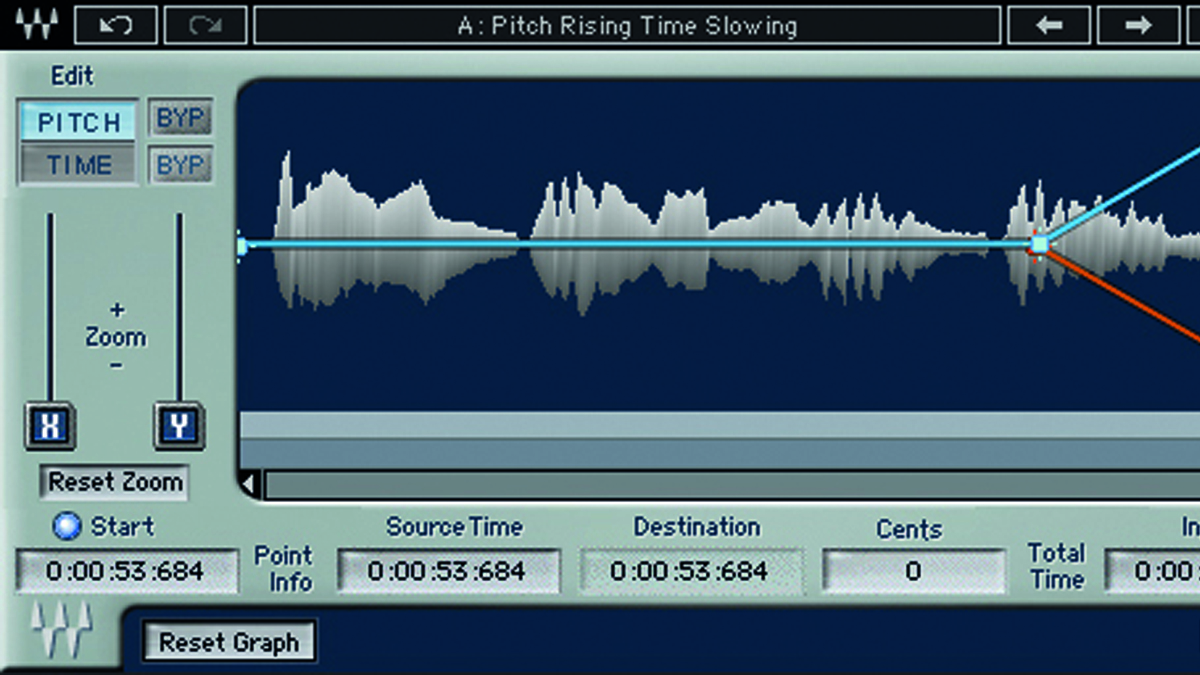
“Been using these for ages, such good quality and a vast variety of plugins. One of them I’m always using is the SoundShifter, for pitching samples, vocals, basslines etc.”
3. Universal Audio Fairchild Tube Limiter Collection
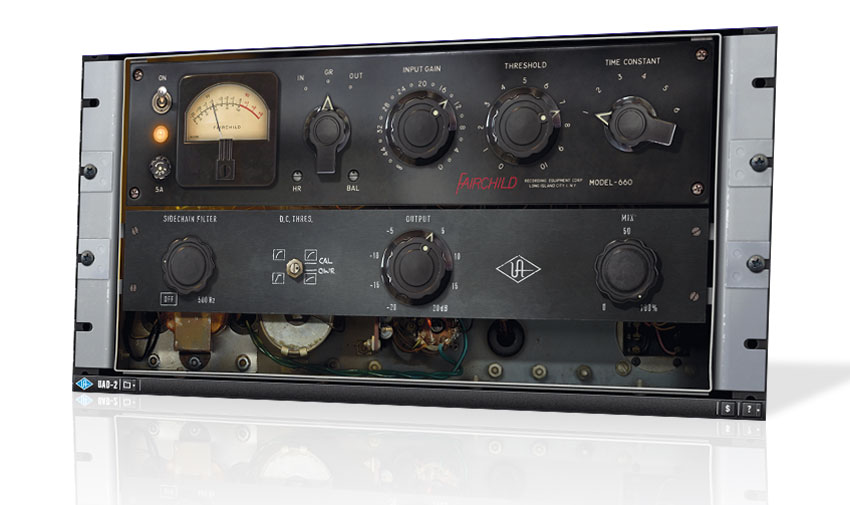
“Even better quality of legendary studio gear. Loving the Fairchild compressor collection, great for vocals, piano, bass, you name it!”
4. Soundtoys EchoBoy
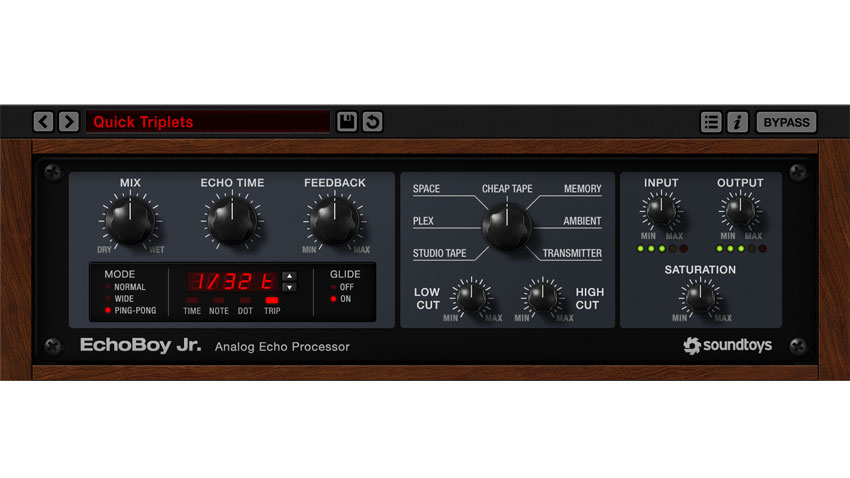
“The name says it all: super creative stuff to play around with, Echo Boy is sooooo good for echoes, delays etc.”
5. Slate Digital Revival
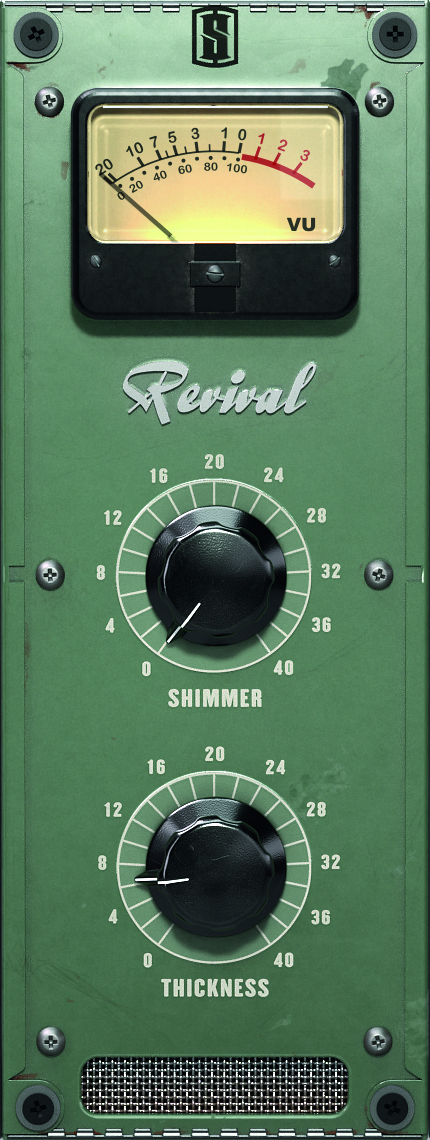
“Really love how you get tons of cool stuff with the All-Access Pass which they update quite frequently. I really do dig Revival for sonic enhancement.”


Computer Music magazine is the world’s best selling publication dedicated solely to making great music with your Mac or PC computer. Each issue it brings its lucky readers the best in cutting-edge tutorials, need-to-know, expert software reviews and even all the tools you actually need to make great music today, courtesy of our legendary CM Plugin Suite.
